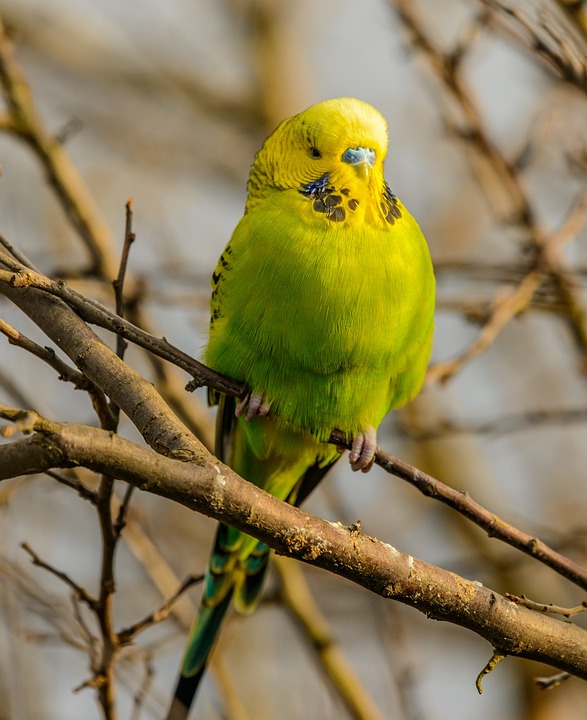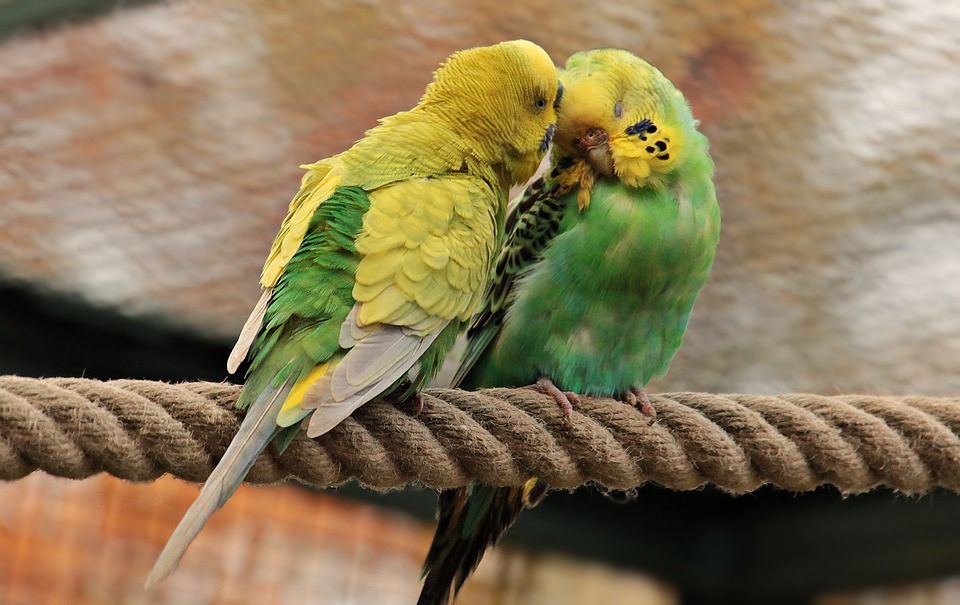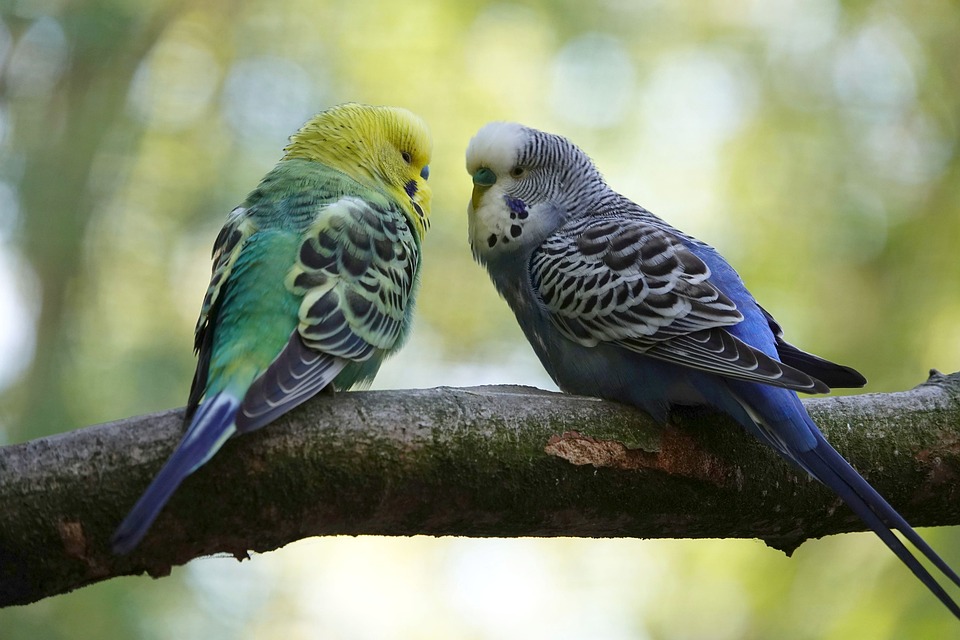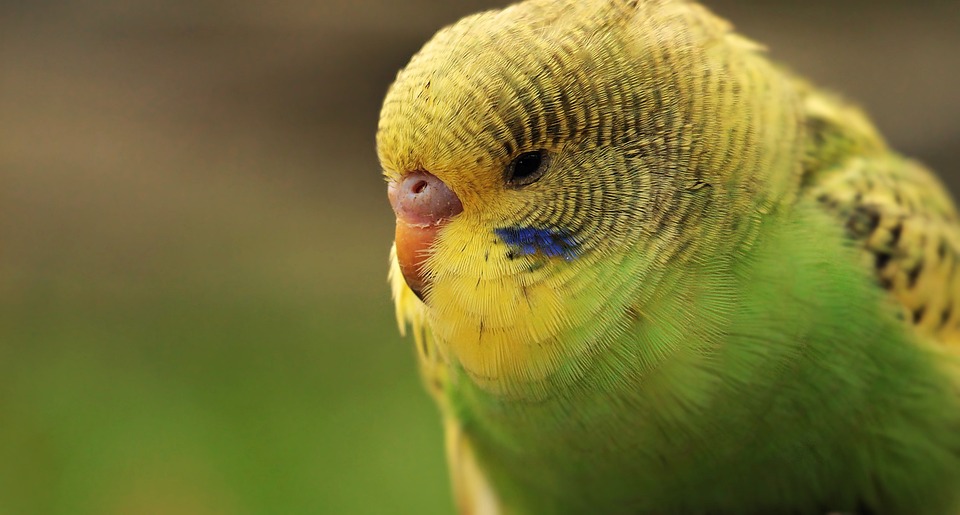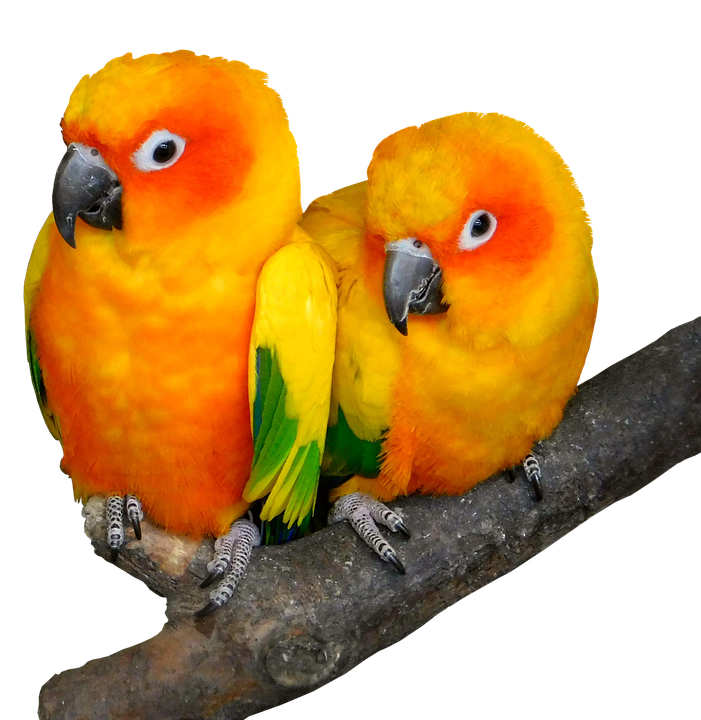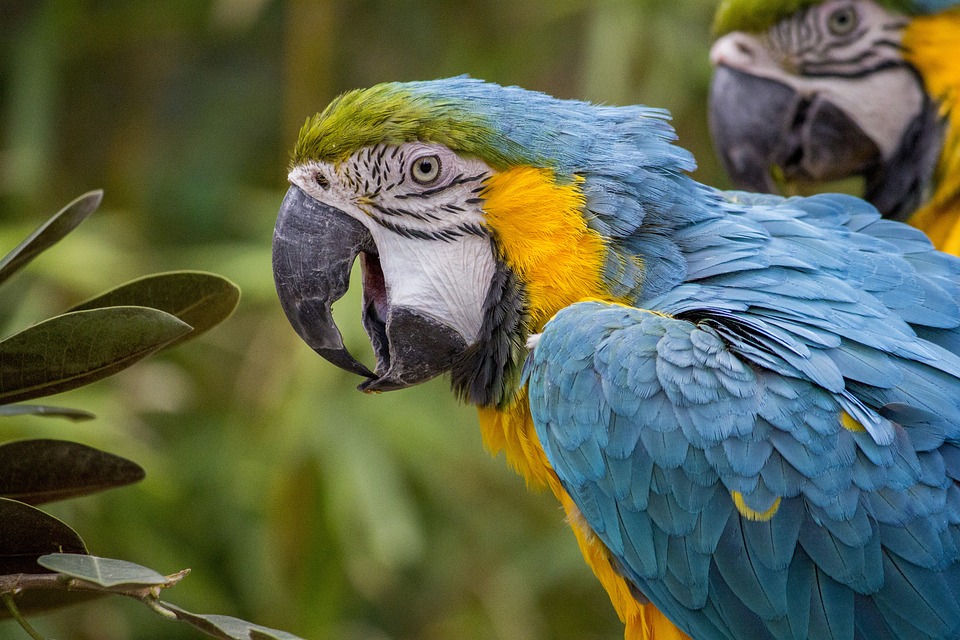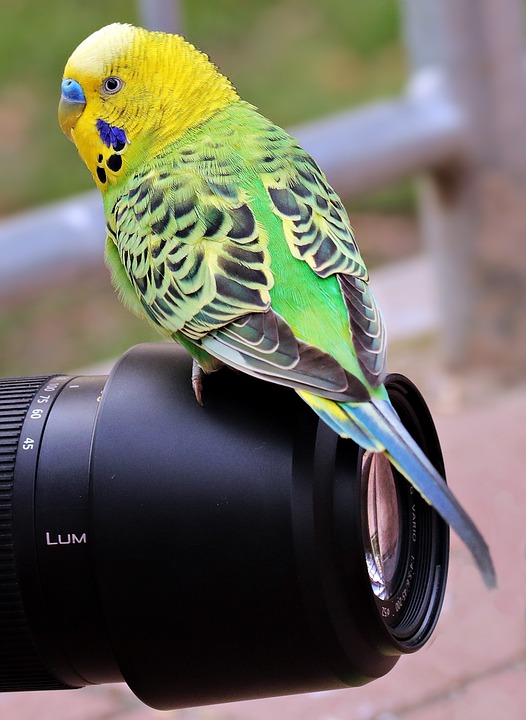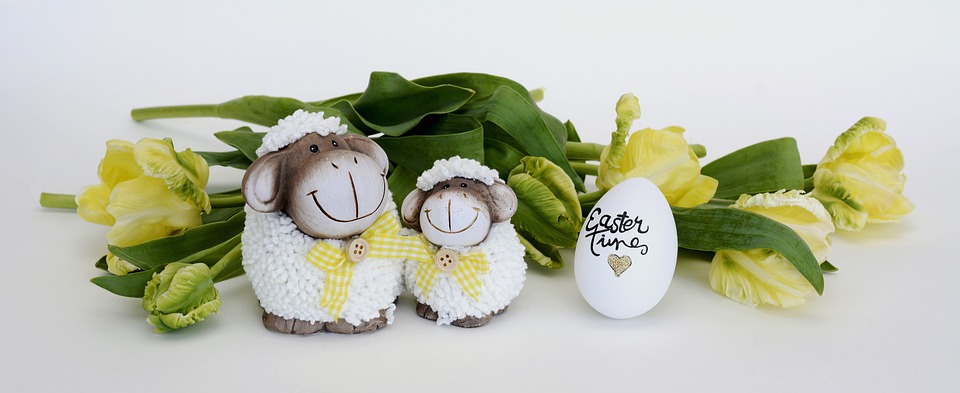Parrots are fascinating creatures with complex behaviors, and one aspect that often leaves owners perplexed is their territorial defense displays. Understanding these displays is crucial for creating a stimulating and enriching environment for your parrot. Territorial defense displays are natural instincts for parrots to establish and protect their territory from potential threats. These displays include vocalizations, body postures, and physical actions aimed at warning or deterring intruders.
Vocalizations play a significant role in territorial defense displays. Parrots may emit loud screeches, squawks, or alarm calls to communicate their presence and ward off potential intruders. Feather ruffling and fluffing is another common display of aggression. When a parrot feels threatened, it may ruffle or fluff its feathers to appear larger and more intimidating. Wing spreading and tail fanning are also common territorial defense displays. By spreading their wings and fanning their tail feathers, parrots create an imposing visual display to deter intruders. Beak clacking and lunging, where parrots rapidly snap their beaks together and charge towards the perceived threat, are displays of aggression that should be taken seriously.
To navigate parrot territorial behavior, it is important to observe and learn your parrot’s unique displays. Understanding their patterns and triggers allows you to anticipate their reactions and respond accordingly. Providing adequate space in their habitat is essential for them to establish their territory without feeling cramped or stressed. Avoiding situations that provoke territorial behavior, such as loud noises or invading their personal space, is also important. Building a strong bond and trust with your parrot through positive reinforcement, regular interaction, and a stimulating environment can help reduce anxiety and minimize territorial displays.
If you have concerns about your parrot’s territorial behavior or are unsure how to handle certain displays, consulting a certified avian behaviorist can provide tailored advice and strategies. They can help address specific behavioral issues and provide guidance on modifying and controlling territorial behavior.
In conclusion, understanding and respecting parrot behavior, especially territorial displays, is essential for creating a harmonious and enriching environment for your feathered friend. By observing and responding appropriately to their territorial defense displays, you can nurture their natural instincts while maintaining a safe and enjoyable companionship.

